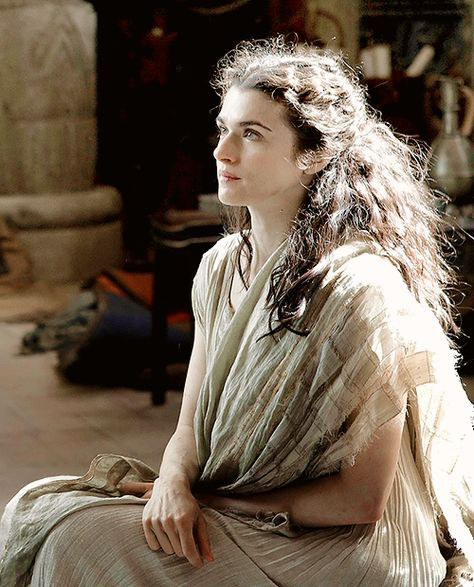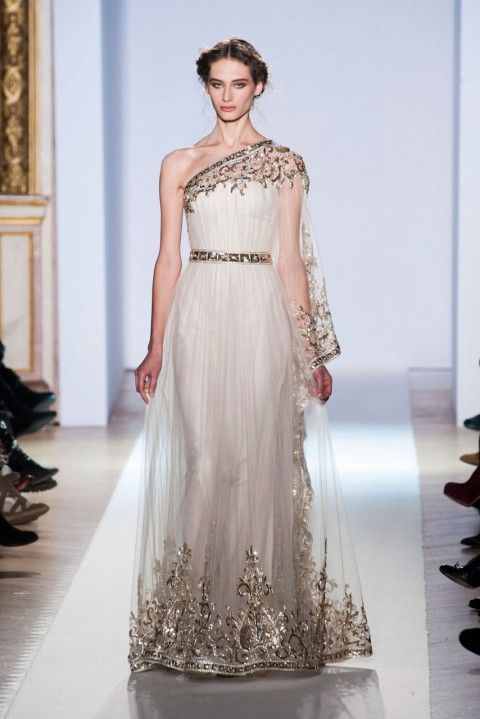As a seamstress with over a decade of experience in culturally inspired women’s clothing, few projects have excited me as much as creating a series of ancient Greek-style tunics. These garments, often deceptively simple in structure, carry centuries of visual identity and symbolic nuance. I approached this collection not as costume design, but as a dialogue between history and wearability—between tradition and modern craftsmanship.
Fabric as Philosophy
When working with Grecian silhouettes, fabric is everything. The original garments were fluid, draped, and breathable—designed for both function and beauty in the Mediterranean climate. I sought to replicate that elegance with modern, sustainable materials.
After testing several options, I settled on two base fabrics:
- – Lightweight cotton-gauze for casual daytime wear—ideal for airflow and layering without overwhelming the body.
- – Tencel-blend crepe for more refined pieces—its soft drape and matte sheen created a graceful fall, echoing ancient himation folds.
I avoided pure polyester, despite its convenience, due to its artificial sheen and stiffness, which detracted from the visual softness that defines Greek dress. Silk, though historically accurate, was excluded due to budget and ethical sourcing concerns.
Tools of the Craft
The tunics were sewn using my Janome Memory Craft 6700P, a professional-grade machine that allows for precise topstitching and fluid work with delicate fabrics. The Janome’s AcuFeed Flex™ system was particularly useful for managing the layered hems and narrow trim work without distorting the drape.
For embellishments, I hand-finished many of the neckline details, incorporating:
- – Metallic embroidery threads in gold and bronze;
- – Woven ribbon trims inspired by laurel motifs;
- – Wooden and resin shoulder fasteners, paying tribute to traditional fibula brooches.
Inspiration and Cultural Roots
The initial spark came from an unexpected source: my husband’s gaming sessions. Watching him play Assassin’s Creed: Odyssey introduced me to the aesthetics of ancient Greek armor, robes, and architecture. The game’s detail was astonishing, and I found myself sketching while he played.
Other sources that influenced my design direction included:
- – Historical recreations from museum collections like The British Museum and The Met;
- – Cinematic visuals from films such as Agora and Troy, where draping and color palettes played dramatic roles;
- – Fashion editorials that have featured reinterpretations of classical dress, including those from Dior’s 2020 Resort collection;
- – And, perhaps unexpectedly, the ethereal visual style of the Gates of Olympus, which pairs ancient iconography with modern energy—a tone I echoed through metallic threads and layered transparencies.

Blending Past with Present
The goal was never to create replicas. Instead, I wanted to invite modern women to experience the grace and strength ancient Greek women once projected through their garments. The tunic, with its open structure and sculptural lines, offers freedom without compromise—both literally and metaphorically.
By working through these pieces, I rediscovered the importance of narrative in fashion. Each stitch is informed by myth, movement, and memory. And just like the muses that inspired philosophers and sculptors, these garments now speak for themselves.
Would I return to this style in future collections? Absolutely. There’s timelessness in the Greek silhouette, and endless room to make it one’s own.
Recommend0 recommendationsPublished in Uncategorized



